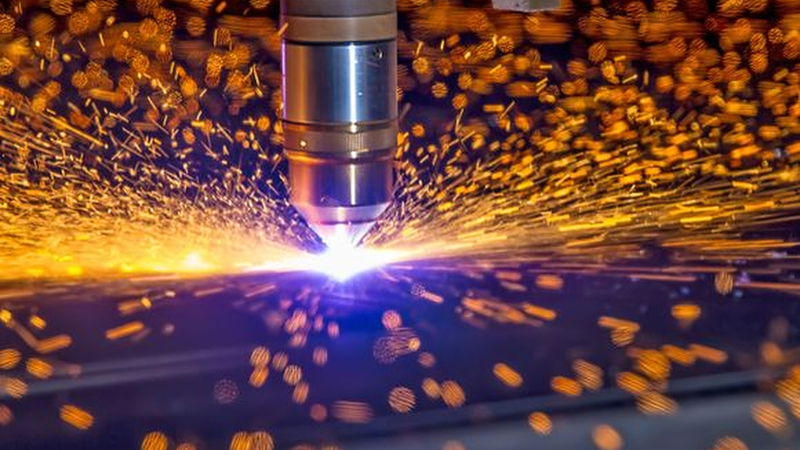What Is CNC Plasma Cutting
Computer Numerical Control is a manufacturing process in which tools or cutting head paths are pre-programmed with the use of computer software. Before CNC equipment existed, machining and cutting were completed by operating hand wheels, levers, or mechanical cams that followed a fabricated pattern.

This article was first published on
prototypehubs.comComputer Numerical Control (CNC) is a manufacturing process in which tools or cutting head paths are pre-programmed with the use of computer software. Before CNC equipment existed, machining and cutting were completed by operating hand wheels, levers, or mechanical cams that followed a fabricated pattern.
The earliest models of numerically controlled machines utilized punch cards or tapes that would be fed into an analog system to guide the machine to specific points. Nowadays, CNC machines are controlled using G-Code, a computer programming language generated with the use of a computer software program.
G-Code was once commonly programmed from scratch with the use of a part drawing, but it is now produced using a post processor program and a Computer-Aided Design (CAD) part file. Newer CNC cutting machines allow the operator to observe each individual line of G-Code and the position of the tool in real time while performing its work.
CNC plasma cutting became a more popular, cleaner, and more productive option to oxy-fuel cutting around the 1980s, about the same time when personal computers were first in demand. The plasma cutting process uses a compressed gas, forced through a focused nozzle, combined with an electric arc that is produced from an electrode within the cutting torch head. The arc creates an electrically conductive channel of plasma, which delivers enough heat to melt through an electrically conductive work piece. The compressed gas then aids in blowing away the molten material, creating a cutting kerf through the work piece. CNC plasma tables operate on a 2-dimensional (and sometimes 3-dimensional) axis and have come very far from the original older, bulkier, and expensive machines of the 1980s and 1990s.
The bigger plasma power units, upwards of 800 amps, are able to sever as thick as 6 inches and pierce 4 inches of stainless steel, whereas the smaller and more common machines found in many workshops can easily cut material around 0.5-1 inches thick. Many electrically conductive materials including steel, stainless steel, and aluminum can all be cut with a plasma torch, since the plasma cutting process relies on an electrical arc to cut through material. Because of the heat produced by the plasma arc to melt and cut through the material, all CNC plasma cut parts will have a Heat Affected Zone (HAZ).
In recent years, CNC plasma cutting technology has advanced in leaps and bounds as its demand has steadily increased. Consequently, it is now more affordable for smaller shops and can be easily purchased and used by the hobbyist Do It Yourself (DIY) community. This overall cost reduction is easily passed along to clients and is a large reason why CNC plasma cutting has become extremely popular.
With the rise of the DIY community, home built CNC plasma tables are now a reality. While the differences between laser and waterjet cutting used to be miles apart, plasma technology has made tremendous strides and advancements in terms of cut quality and accuracy. Although CNC plasma is still considered less accurate than its laser and waterjet counterparts, it can be an incredible tool for those who know how to program and use it properly.
Looking for instant CNC plasma cutting quotes? Upload your part files here.